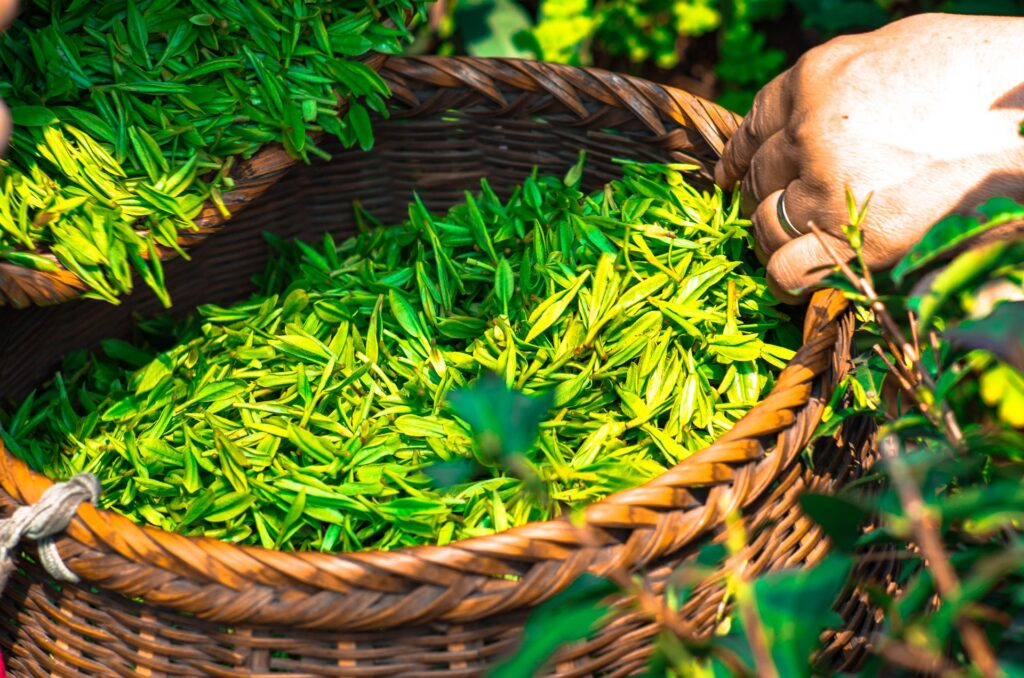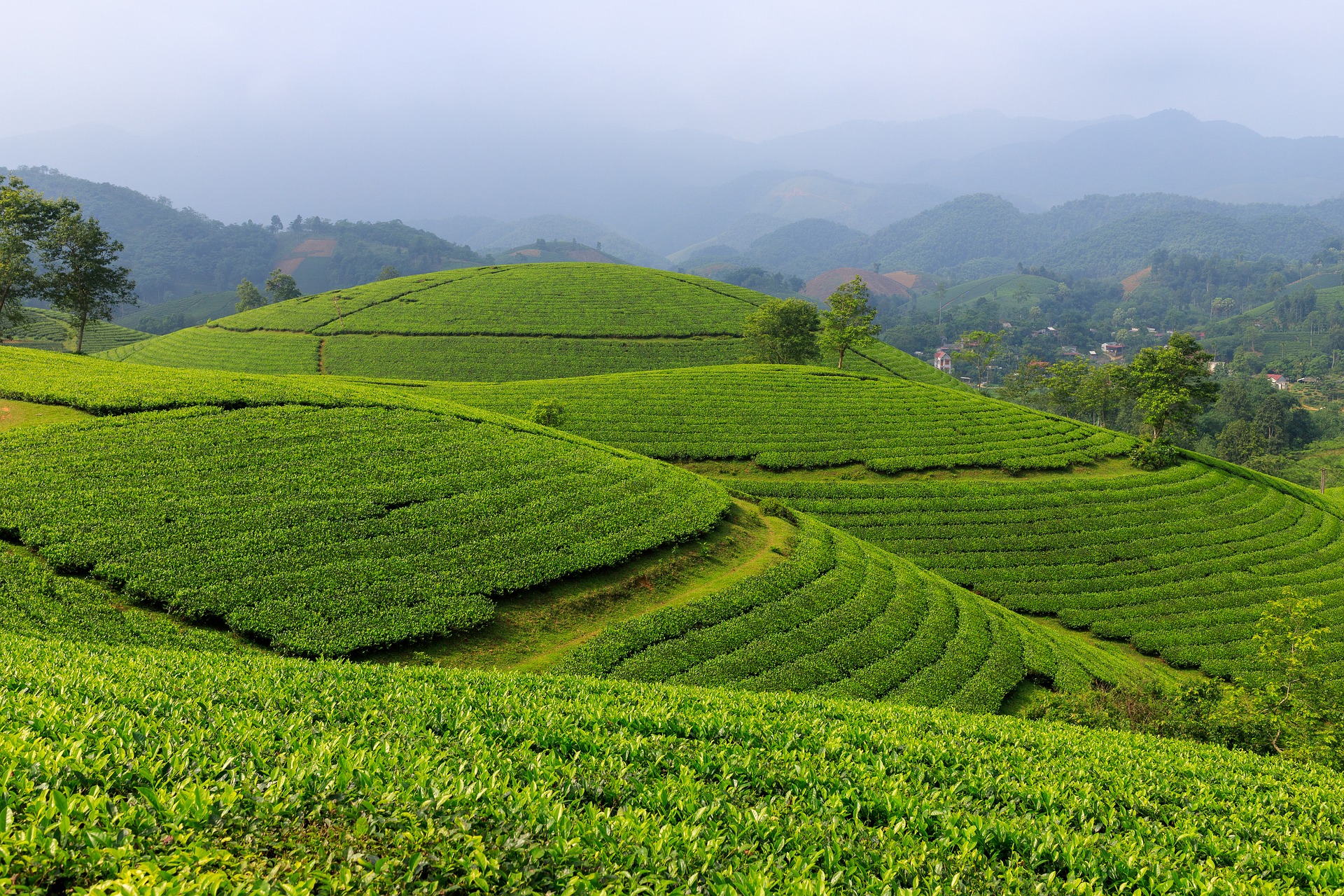Nestled amid serene landscapes and steeped in tradition, tea gardens stand as flourishing havens where the art of cultivating, harvesting, and crafting tea leaves unfolds. These enchanting plantations serve as verdant sanctuaries, cultivating not just leaves but a rich tapestry of cultural heritage and sensory experiences.
Table of Contents

1.Introduction to Tea Gardens
Tea gardens are serene and enchanting spaces where tea leaves are cultivated, often nestled in picturesque landscapes around the world. The history and significance of these gardens play a pivotal role in the global tea industry.
1.1 History of Tea Cultivation
Tea cultivation has a rich history dating back thousands of years. The origins of tea can be traced to ancient China during the Shang dynasty, where it was consumed for medicinal purposes. Over time, tea cultivation spread to different parts of the world, each region crafting its unique traditions and flavors.
1.2 Significance of Tea Gardens
Tea gardens represent not only places of cultivation but also cultural and economic significance. They serve as sources of livelihood for many communities and contribute significantly to global tea production.
2. Types of Tea Gardens
Tea gardens vary in their methods of cultivation and production, with different types catering to diverse consumer preferences.
2.1 Traditional Tea Gardens
Traditional gardens of tea follow age-old cultivation techniques, often passed down through generations. These gardens maintain the authenticity and heritage of tea production, cherished by enthusiasts seeking the original taste of tea.
2.2 Organic Gardens of Tea
Organic gardens of tea prioritize natural and sustainable farming practices. They refrain from using synthetic chemicals, ensuring a healthier environment and producing teas cherished for their purity.
3. Key Features of a Tea Garden
Understanding the essential elements that define a tea garden sheds light on its cultivation and significance.
3.1 Ideal Climate and Terrain
Gardens of tea thrive in specific climatic conditions and terrains conducive to tea plant growth.
3.2 Cultivation Techniques
Various cultivation methods are employed in gardens of tea, impacting the flavor and quality of the harvested tea leaves.

4. Famous Tea Gardens Around the World
Tea gardens are scattered across various corners of the globe, each possessing its own charm and distinctiveness.
4.1 Darjeeling, India
Nestled in the foothills of the Himalayas, Darjeeling is renowned for its “Champagne of Teas.” The unique climate and altitude contribute to the exquisite flavor of Darjeeling tea, making it a favorite among connoisseurs worldwide.
4.2 Uji, Japan
Uji, a historic city in Japan, is famous for its matcha and green tea production. The meticulous cultivation and processing methods in Uji result in high-quality teas highly regarded in Japanese tea ceremonies.
5. Sustainability in Gardens of Tea
Sustainability is increasingly becoming a focal point in the tea industry, with many gardens adopting eco-friendly practices.
5.1 Environmental Practices
Some gardens of tea implement eco-friendly methods like natural pest control, water conservation, and biodiversity preservation. These efforts contribute to minimizing the ecological impact of tea production.
5.2 Fair Trade Initiatives
Fair trade practices ensure that tea garden workers receive fair wages and operate in safe working conditions. By supporting fair trade teas, consumers contribute to improving the lives of those involved in tea cultivation.
6. Health Benefits of Tea from Gardens
Tea from gardens offers more than just a delightful taste; it also boasts numerous health benefits.
6.1 Antioxidant Properties
Tea is rich in antioxidants, such as polyphenols and catechins, which aid in fighting free radicals, potentially reducing the risk of chronic diseases.
6.2 Wellness and Well-being
The calming effects of tea promote relaxation and mental well-being. From reducing stress to aiding in digestion, tea offers various wellness advantages.

7. Challenges Faced by Tea Gardens
Despite their allure, gardens of tea encounter several challenges that impact their sustainability.
7.1 Climate Change Impact
Climate change poses a significant threat to gardens of tea. Alterations in temperature and rainfall patterns can affect tea plant growth and quality, leading to production challenges.
7.2 Economic Pressures
Fluctuating market demands and production costs can strain tea garden economies, especially smaller, independent gardens that lack financial stability.
8. Future of Tea Gardens
The future of gardens of tea is poised for innovation and adaptation to overcome existing challenges.
8.1 Innovations in Tea Cultivation
Technological advancements and innovative farming techniques aim to enhance tea production efficiency while maintaining quality.
8.2 Shaping the Tea Industry
Consumer preferences and growing awareness of sustainability are influencing the direction of the tea industry, urging gardens to embrace eco-friendly practices.
Conclusion
In summary, tea gardens are more than just sources of tea production; they encapsulate culture, heritage, sustainability, and health. While they face challenges, the future of gardens of tea looks promising, driven by innovation and a growing commitment to sustainability.
FAQs
- Are all tea gardens organic?
- No, not all tea gardens are organic. Some follow traditional methods while others prioritize organic cultivation.
- Which country has the most famous gardens of tea?
- Countries like India, China, and Japan boast some of the most renowned gardens of tea globally.
- What makes tea from gardens healthier?
- The natural cultivation methods and antioxidants in tea leaves contribute to the health benefits of tea from gardens.
- How do gardens of tea contribute to local economies?
- Gardens of tea provide employment opportunities and contribute to the economic growth of the regions they are situated in.
- What are the key challenges faced by tea gardens?
- Climate change, economic pressures, and labor issues pose significant challenges to tea gardens worldwide.

